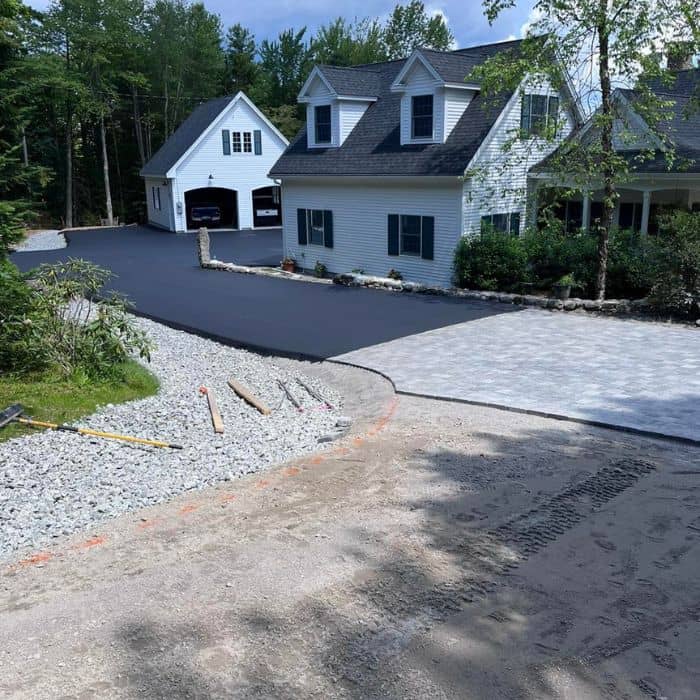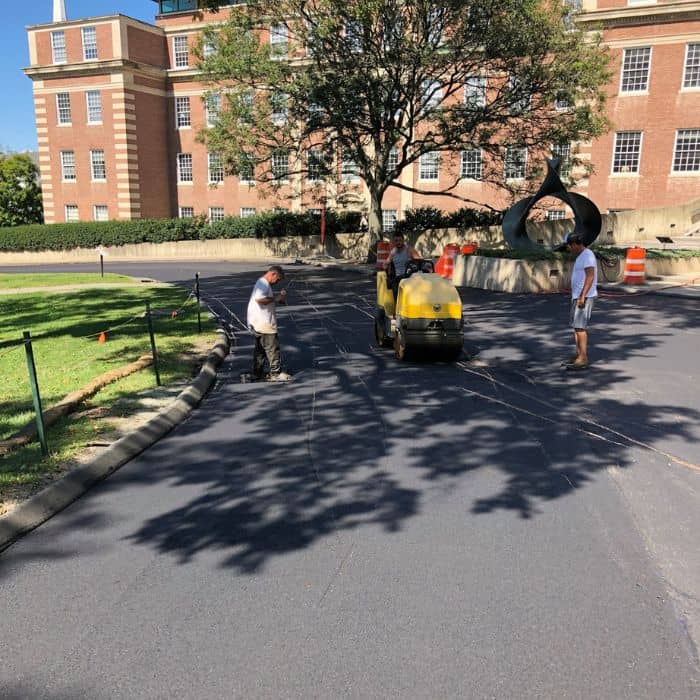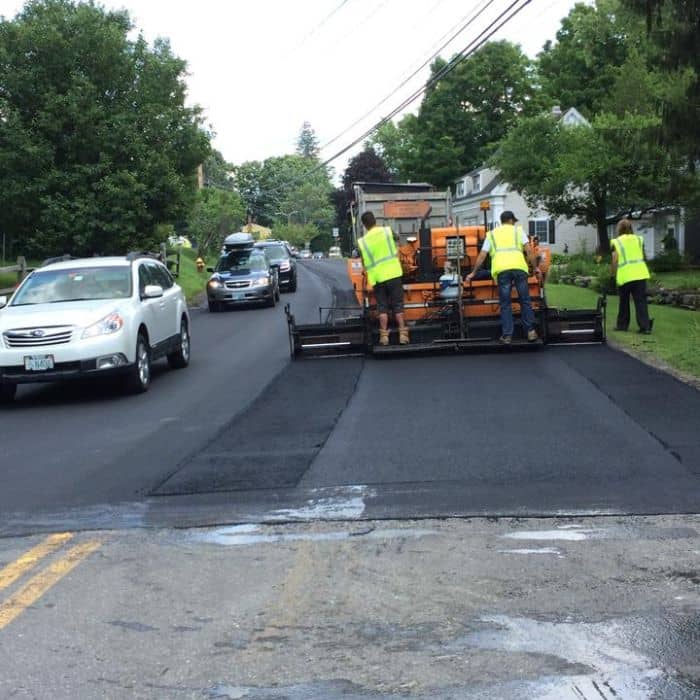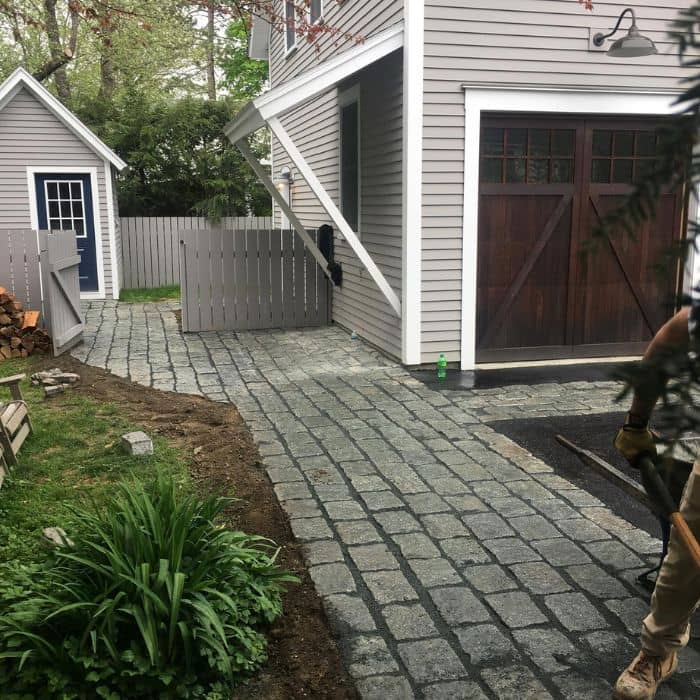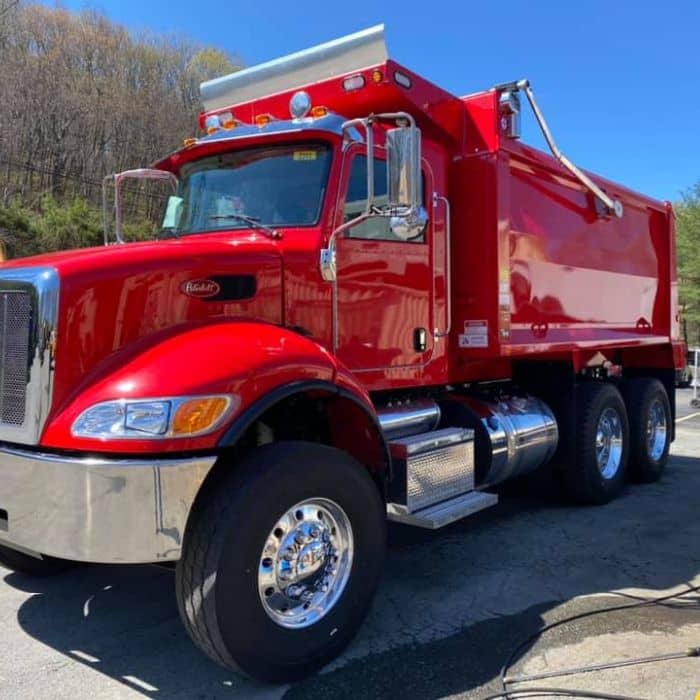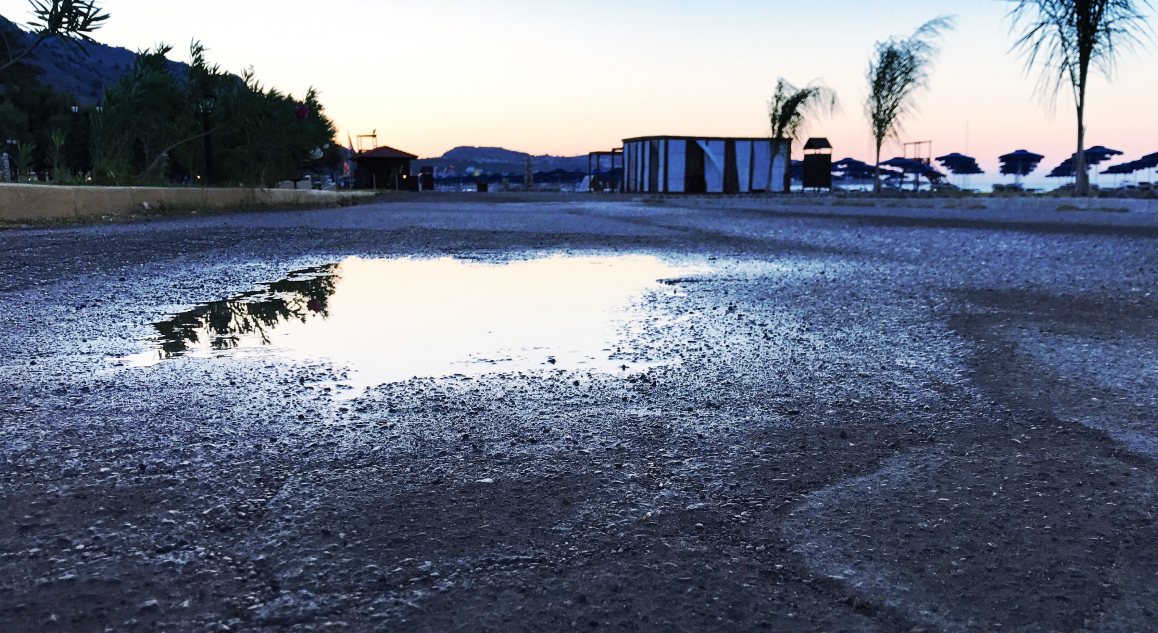
When it comes to asphalt paving, weather isn’t just a background detail — it’s one of the most important factors in achieving a smooth, long-lasting surface. From temperature swings to sudden rain showers, weather conditions can directly affect how asphalt is mixed, laid, and cured. If you’re consideringPaving Sullivan County, planning around the local climate is key to ensuring a durable and cost-effective result.
This article explains how temperature, rain, humidity, and even wind can influence paving performance—and how to schedule your project for long-term success.
Why Weather Conditions Matter for Paving
Asphalt is a hot-mix material that needs specific environmental conditions to set correctly. If it cools too quickly or is applied in poor conditions, the result could be premature cracking, uneven surfaces, or weakened bonding—all of which reduce the pavement’s lifespan.
Let’s look at the most important weather factors that affect asphalt paving:
1. Temperature Extremes: Hot vs. Cold
Cold Weather Risks
When temperatures fall below 50°F, the asphalt mix can cool too fast, limiting the time crews have to spread and compact it. This results in weak bonding and increased risk of surface failures like cracking and potholes.
Hot Weather Challenges
Excessive heat—especially above 90°F—makes asphalt too soft, risking surface deformation under the weight of paving equipment. It also poses health risks to workers and shortens the working window, making it harder to control quality.
2. Rain and Moisture
Moisture is one of the biggest enemies of asphalt. Rain during installation can prevent proper bonding to the base layer. Wet conditions also raise the risk of moisture being trapped beneath the pavement, which can freeze in winter and cause serious damage.
For best results, always pave on a dry day and ensure the base layer is moisture-free.
3. Humidity and Subsurface Conditions
High humidity slows down evaporation and can lead to lingering moisture in the subgrade. This can weaken the foundation and delay curing, impacting pavement integrity over time.
Contractors often adjust the mix design or drying time when paving in humid weather to account for these risks.
4. Wind Speed and Air Circulation
Windy conditions accelerate the cooling of hot asphalt, limiting workability. On cooler days, this can be a major issue—reducing the time available for spreading and compacting the material before it hardens.
5. Seasonal Considerations
Spring
Spring may seem ideal, but wet ground and unpredictable weather can delay paving. Melting snow and spring rain saturate the base layer, which must be completely dry before paving begins.
Summer
Summer is considered the best season for asphalt paving. Stable temperatures and dry conditions make it easier to lay and cure asphalt effectively. However, extreme heat must still be managed carefully to avoid soft spots and worker fatigue.
Fall
Early fall is another good time for paving, offering cooler temperatures and less competition for contractor schedules. However, colder nights and unexpected early frosts can cut theseason short.
Winter
In colder regions like Vermont and Sullivan County, winter is generally off-limits for paving. Asphalt cools too fast in freezing temperatures, and most asphalt plants close for the season.
Planning for Weather-Smart Paving
Strategic planning is essential to ensure your paving project is both timely and long-lasting. Weather conditions can shift quickly, especially in regions like Vermont and Sullivan County, so preparation is key to avoiding setbacks and subpar results.
Hire a Local Contractor
Partnering with a contractor who understands local weather patterns ensures your paving materials and techniques are suited for the climate. Local experts can anticipate seasonal shifts and adjust the asphalt mix accordingly, minimizing risk and maximizing durability.
Monitor the Forecast
Closely track weather reports in the days leading up to your project. Ideal conditions include several consecutive dry days with temperatures consistently above 50°F. Avoid scheduling during weeks with rain, high winds, or sudden cold fronts, as these can interrupt or compromise the paving process.
Prepare the Site Thoroughly
Clear the area of vehicles, debris, and vegetation well in advance. Make sure the base layer is properly compacted and that grading promotes effective drainage. Poor site prep can lead to water pooling, soft spots, and future pavement failure, especially after heavy rainfall or snowmelt.
Long-Term Impact of Weather on Pavement
Even after installation, weather continues to affect asphalt durability. Vermont’s frequent freeze-thaw cycles can create cracks, while UV rays from sunlight can degrade the asphalt binder over time. Regular maintenance helps reduce damage from these environmental stressors.
Maintenance Tips for All Seasons
- Sealcoat every 2–3 years to protect against water, sun, and chemicals
- Repair cracks and potholes early to avoid bigger structural issues
- Sweep and clean regularly to prevent oil and debris buildup
- Inspect after storms for signs of erosion or moisture-related damage
Final Thoughts
No matter how well-prepared the surface is or how experienced your contractor might be, weather will always be a deciding factor in how your pavement performs. By understanding how temperature, moisture, and seasonal shifts affect asphalt, you can better plan your project for lasting results.
Whether you’re installing a new driveway or repaving a commercial lot, timing your project around favorable weather conditions is one of the best ways to ensure quality, durability, and return on investment.
For homeowners and businesses planningPaving VT projects, working with a trusted local team like Twin State Paving can make all the difference. Our expertise in Vermont’s climate ensures that your paving job is built to withstand the region’s seasonal challenges—so it stays strong, smooth, and secure for years to come.



